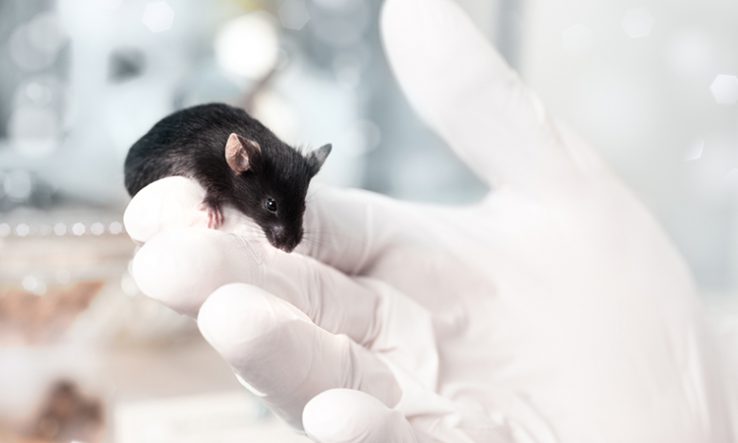
But some countries not meeting inspection targets
The European Animal Research Association, which pushes for greater openness in the use of animals in research, has welcomed the publication of new EU-wide statistics on the subject.
“We congratulate the European Commission for making these numbers public,” EARA executive director Kirk Leech commented on the statistics, which were published on 6 February.
“The EU has significantly improved the transparency with the new, detailed statistical data,” the Commission itself concluded in its report to the European Council and European Parliament.
The figures cover all EU 27 member countries and the recently departed UK for the years 2015-17. They show fairly steady use of animals for research and testing, from a total of about 9.8 million in 2015 to 10m in 2016 and 9.6m in 2017, the most recent year for which collated figures are available.
The report is the first under a 2010 EU directive that introduced reporting and inspection guidelines for member states, without laying down the law on how they should be achieved. Mandatory laws agreed in June 2019 will affect reporting from 2020, but results under those laws will become available only from 2022.
“Most member states are making determined efforts to comply” with the 2010 directive, the Commission said in its report.
It found that most countries have been carrying out regular inspections of animal breeders, suppliers and users, with on average 40 per cent of inspections being made without advance warning.
But some countries did not inspect one-third of such facilities each year, as recommended. Furthermore, Czechia, Cyprus, Malta, Poland and Portugal reported no unannounced inspections at all.
The Commission has committed itself to annual reporting of data until 2022, when an open-access database will come online.